As a tribute to winter, this relish captures the sweet acidity of a Fuji apple, Castelvetrano olives’ briny, buttery snap, and a slight hint of bacon’s luscious smokiness. Most of the ingredients for the relish can be prepared separately ahead of time, and then put together right before you would like to serve. This versatile sauce pairs well with roasted or grilled meat such as brined pork chops or a tri-trip. For a vegetarian option, try the relish over roasted tofu slabs or pan seared wild mushrooms.
2 slices of bacon (uncured)
½ cup chopped Castelvetrano olives*
¾ cup small diced Fuji apple
½ teaspoon Meyer lemon zest (regular lemon zest will work fine if you cannot find a Meyer lemon)
¼ teaspoon hot pepper flakes
3 tablespoons extra virgin olive oil
1. In a fry pan, render out and crisp the bacon. Set it aside on a paper towel to cool.
2. Small dice the Fuji apple, and place it in the fry pan with the bacon fat. Cook the apple dices on medium high heat and turn them with a spatula so that they brown on all sides. Once just cooked and golden brown, remove the apple from the heat and set it on a plate to cool.
3. Meanwhile, de-pit and chop the olives. Place the olives in a stainless steel or glass bowl and add the extra virgin olive oil, lemon zest, apple, and hot pepper.
4. Chop the bacon up into small diced pieces, and set it aside. Right before serving, add the bacon to the relish and serve.
5. Spoon the relish over roasted cauliflower, slices of beef, duck breast, or roasted chicken.

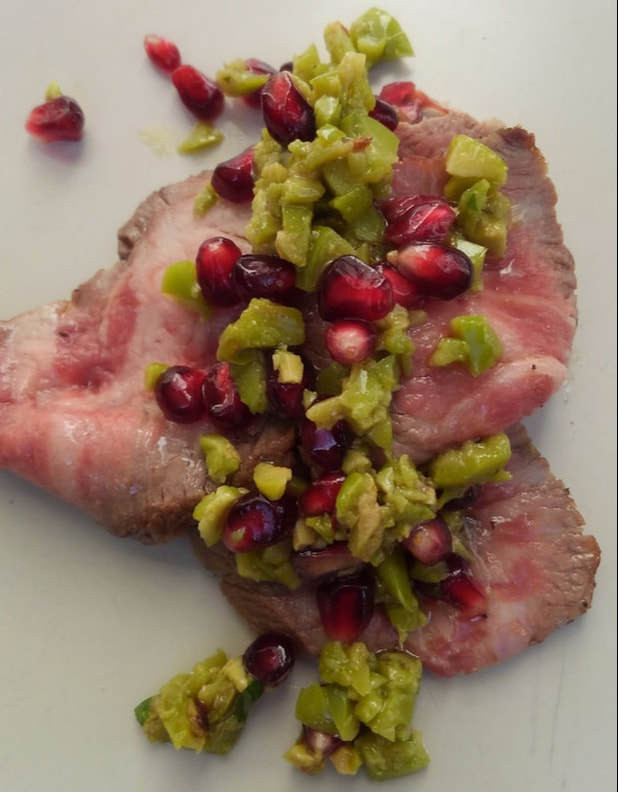
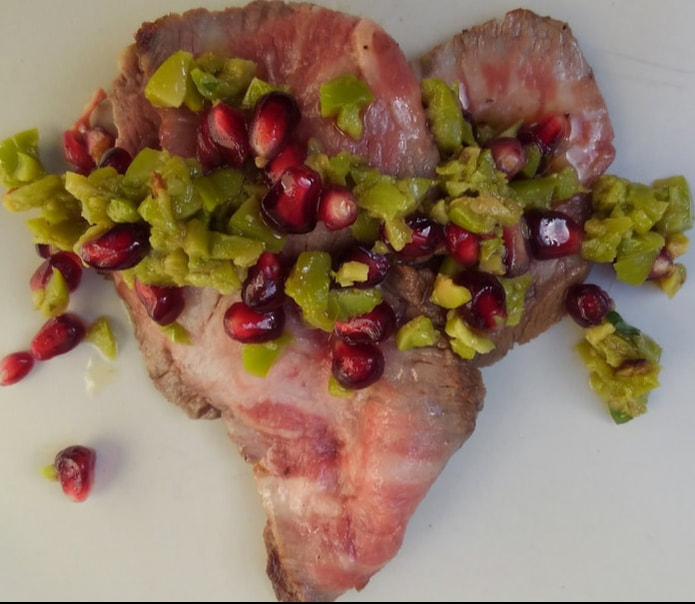
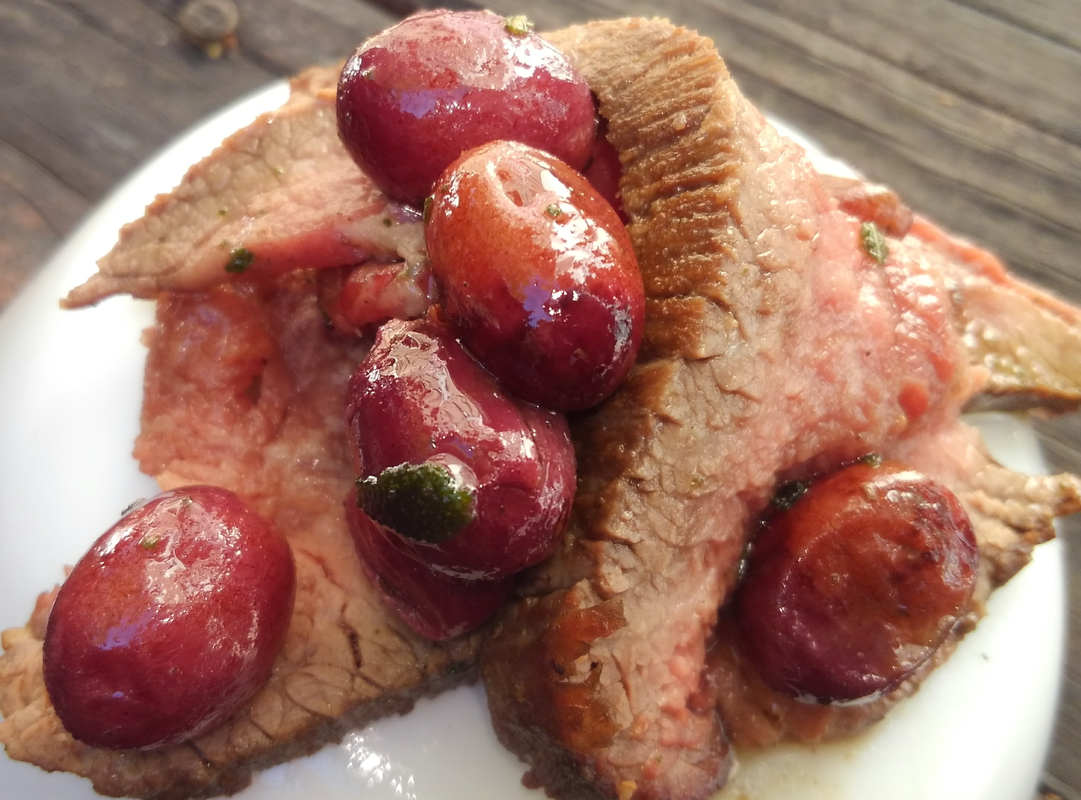
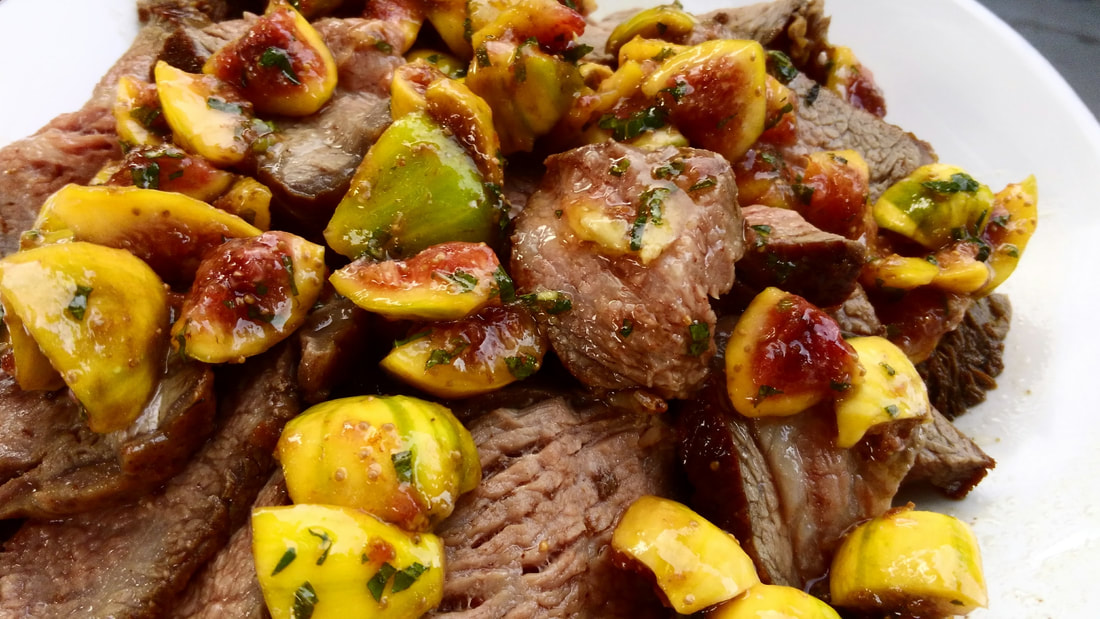
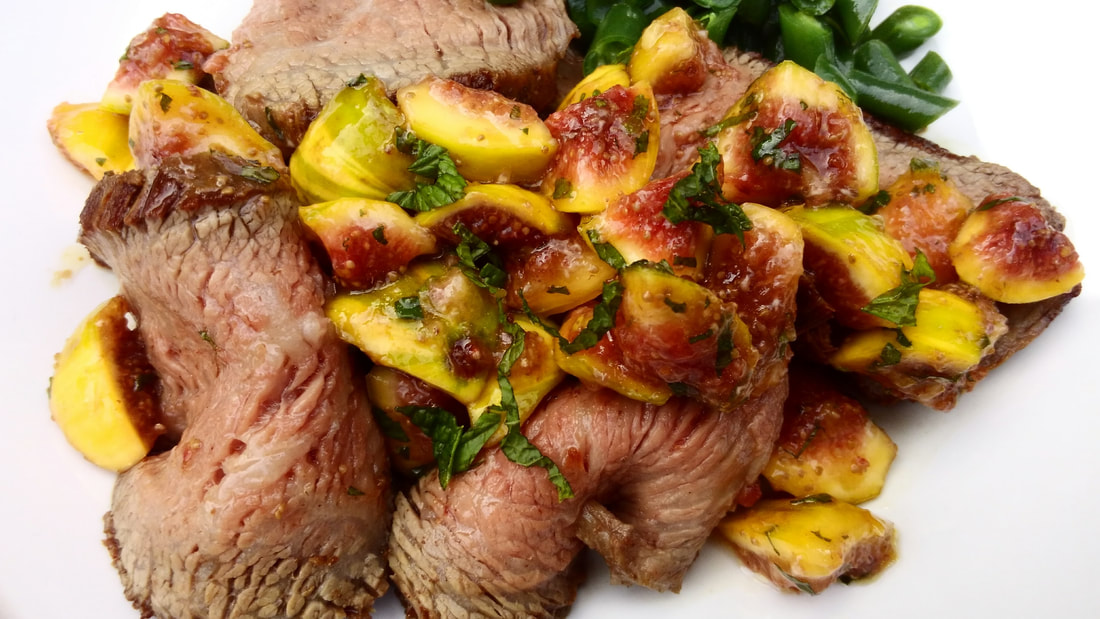
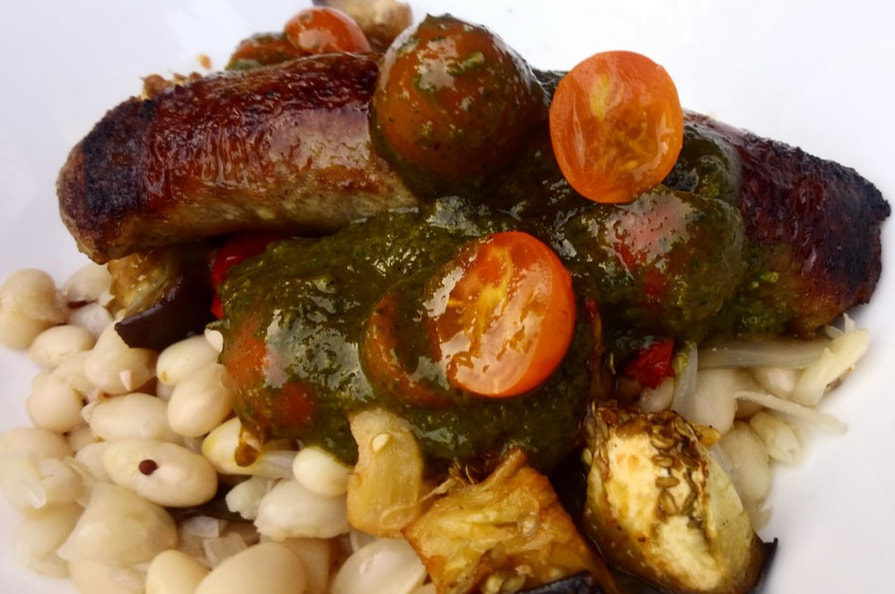
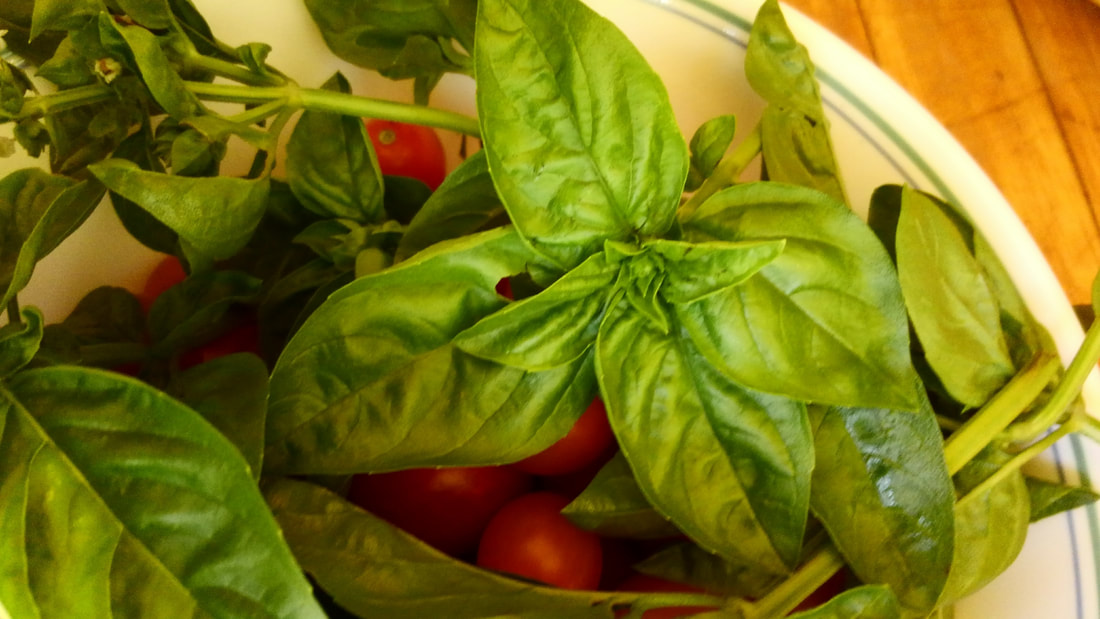
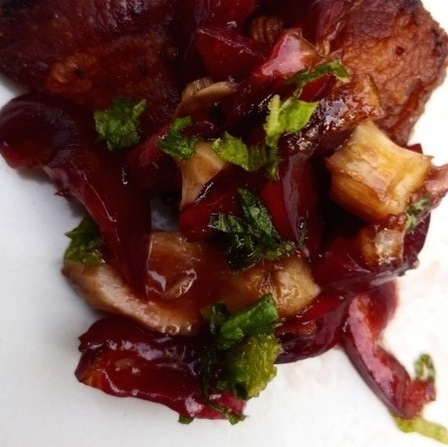
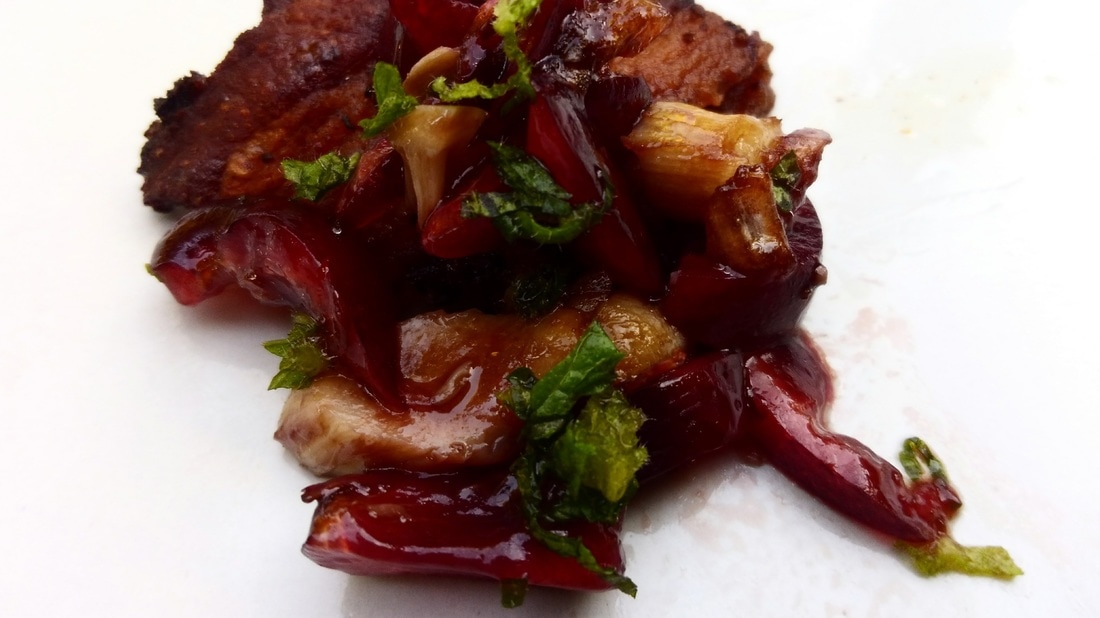
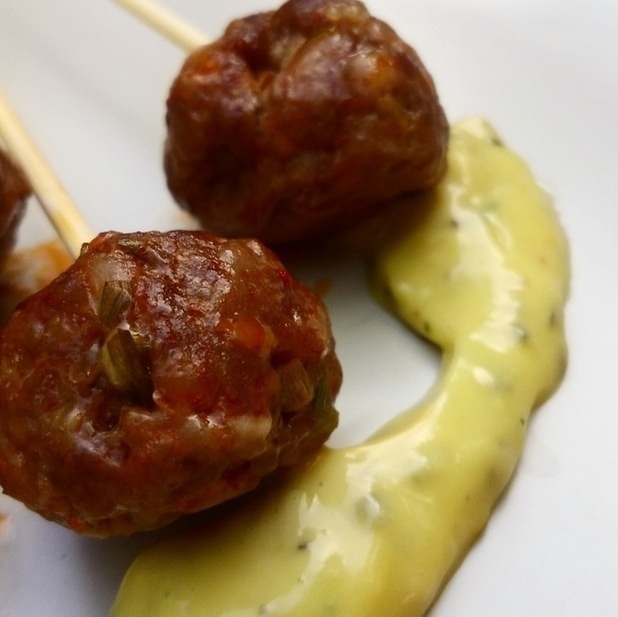
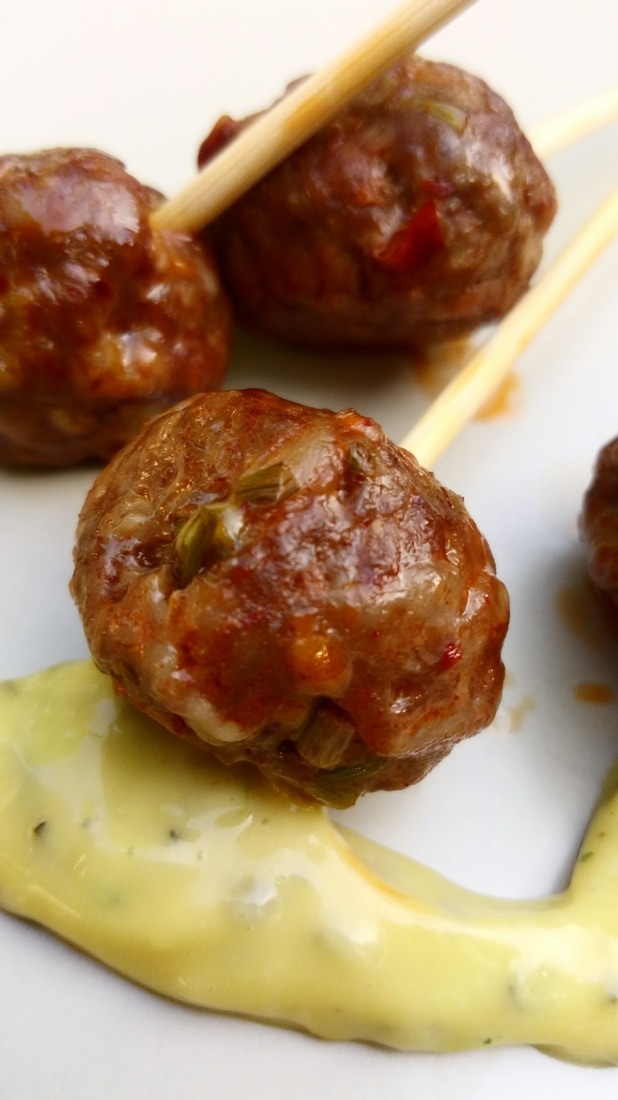
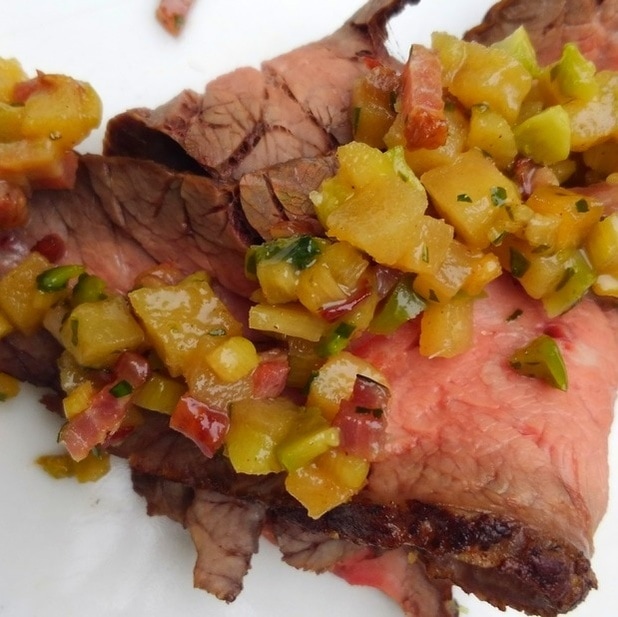
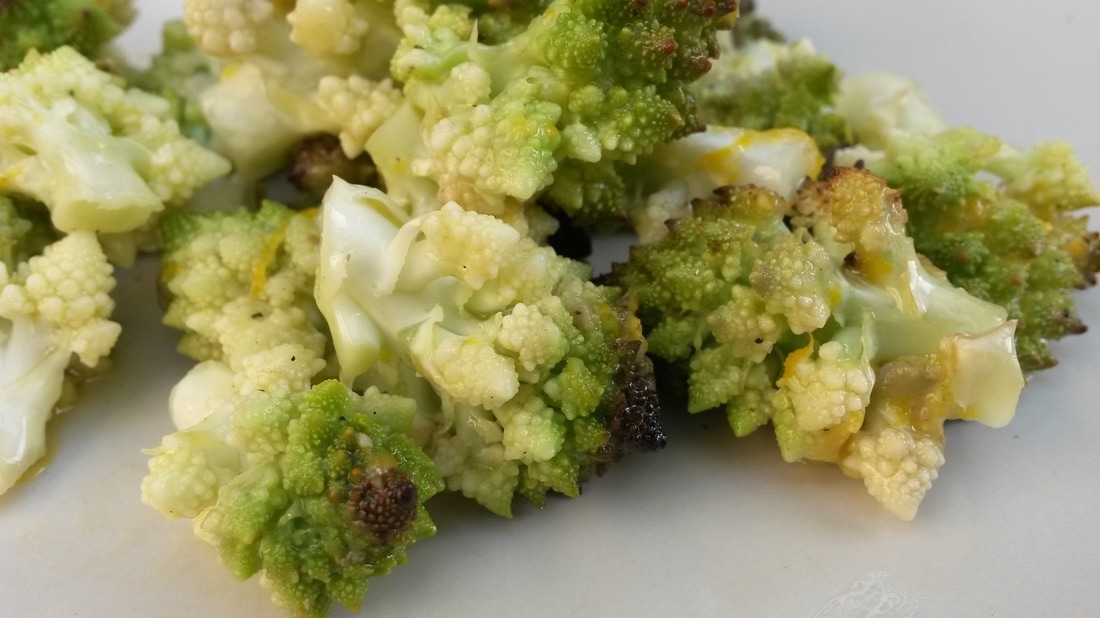

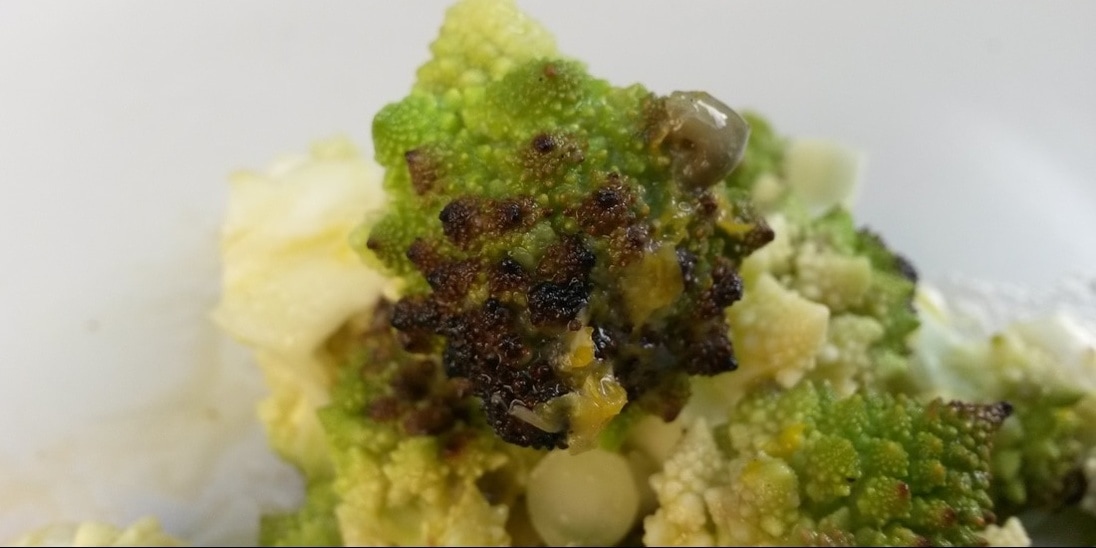
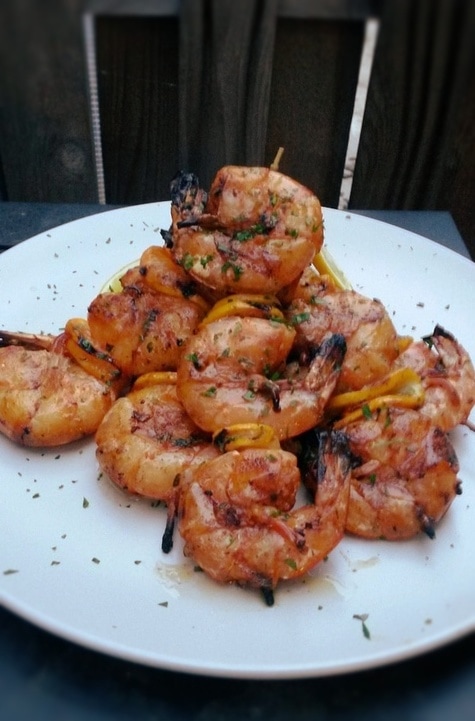
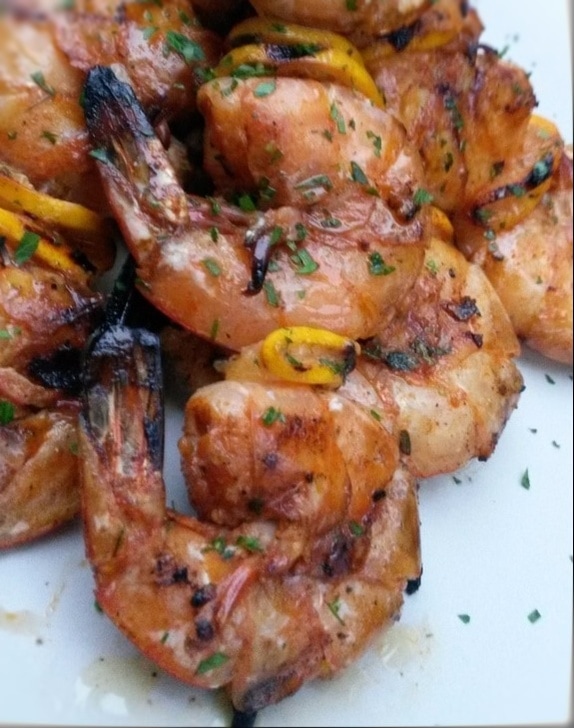
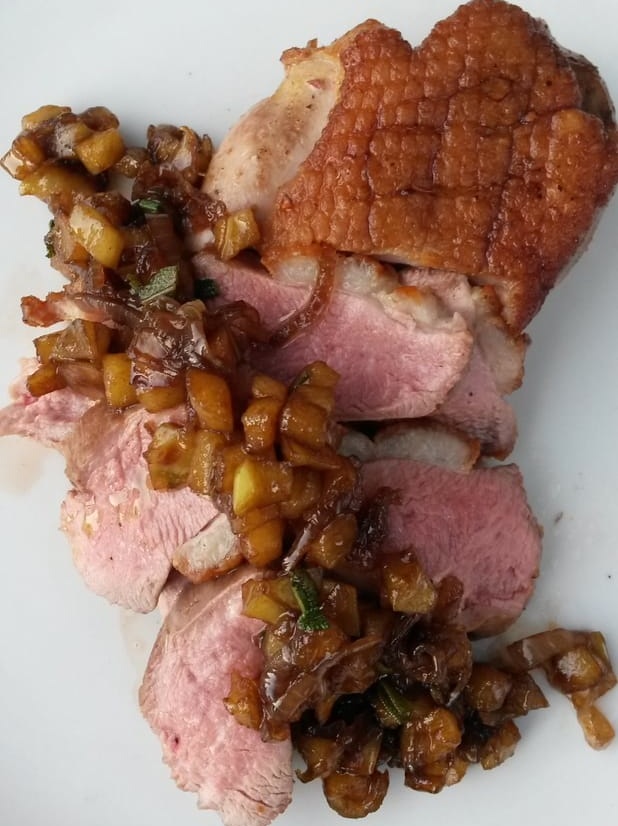

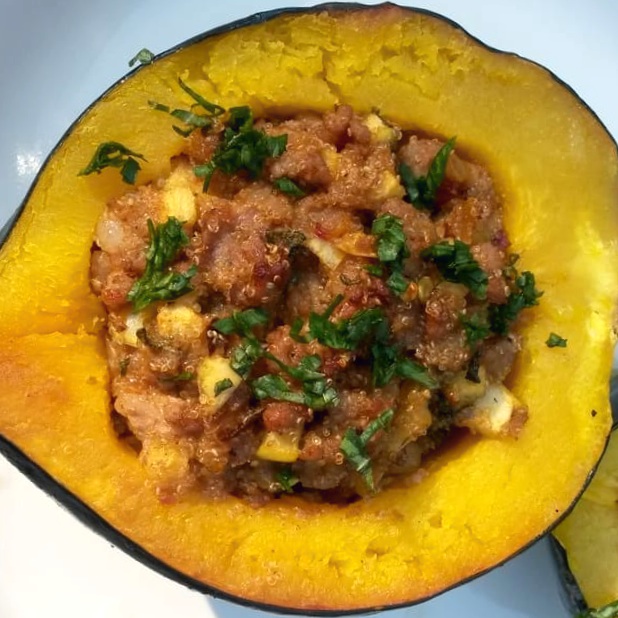
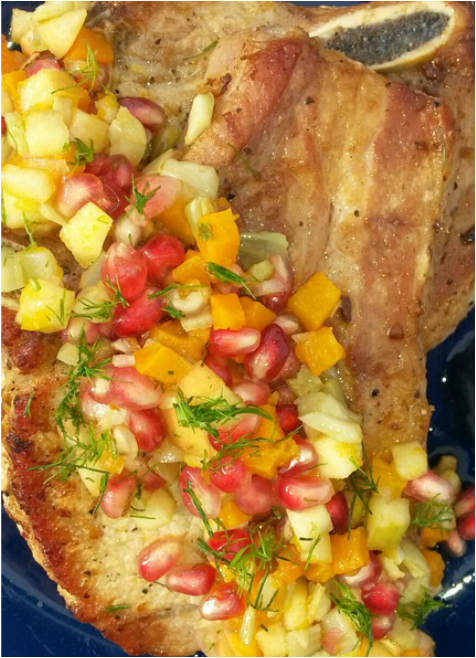
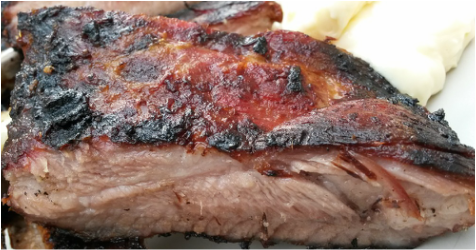
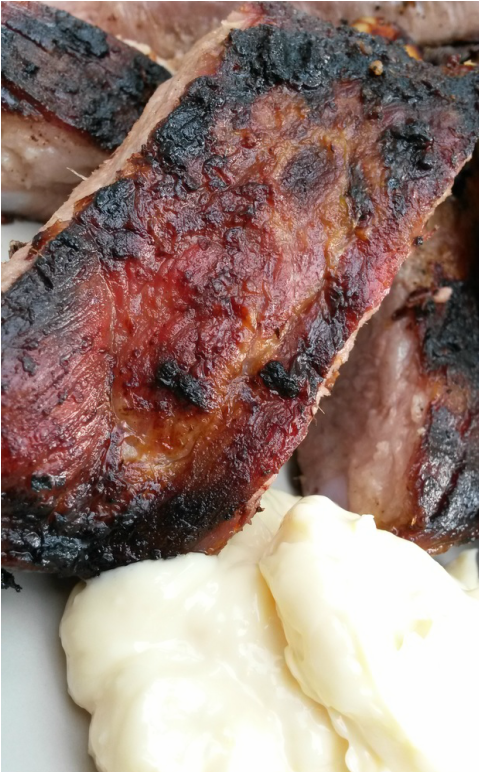

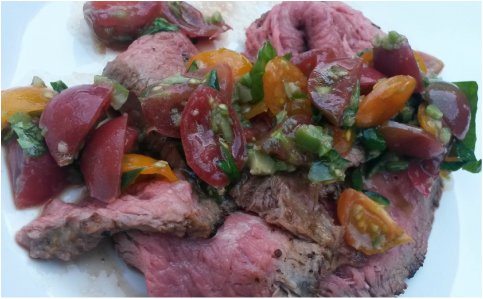
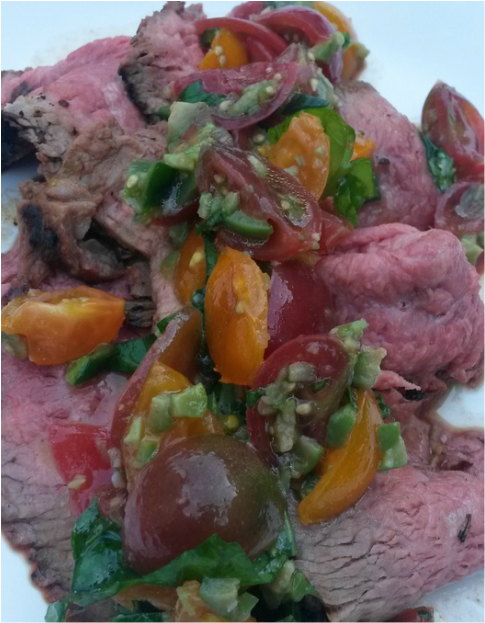
 RSS Feed
RSS Feed